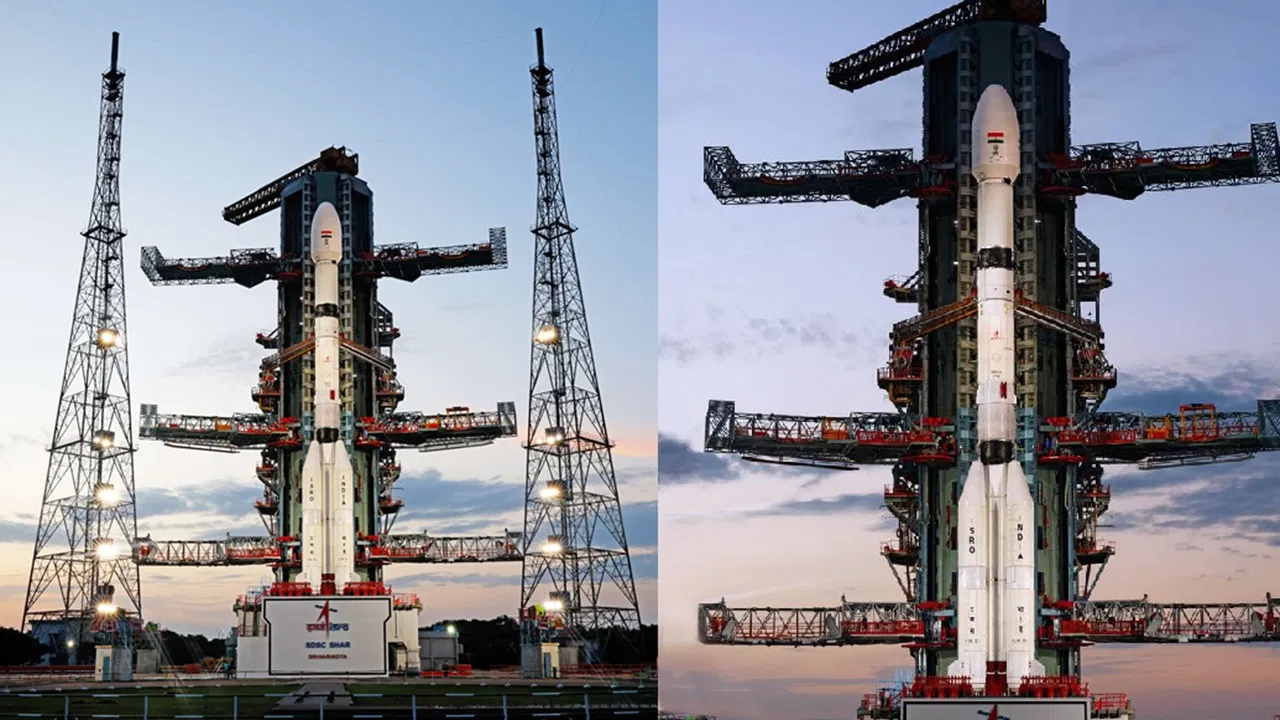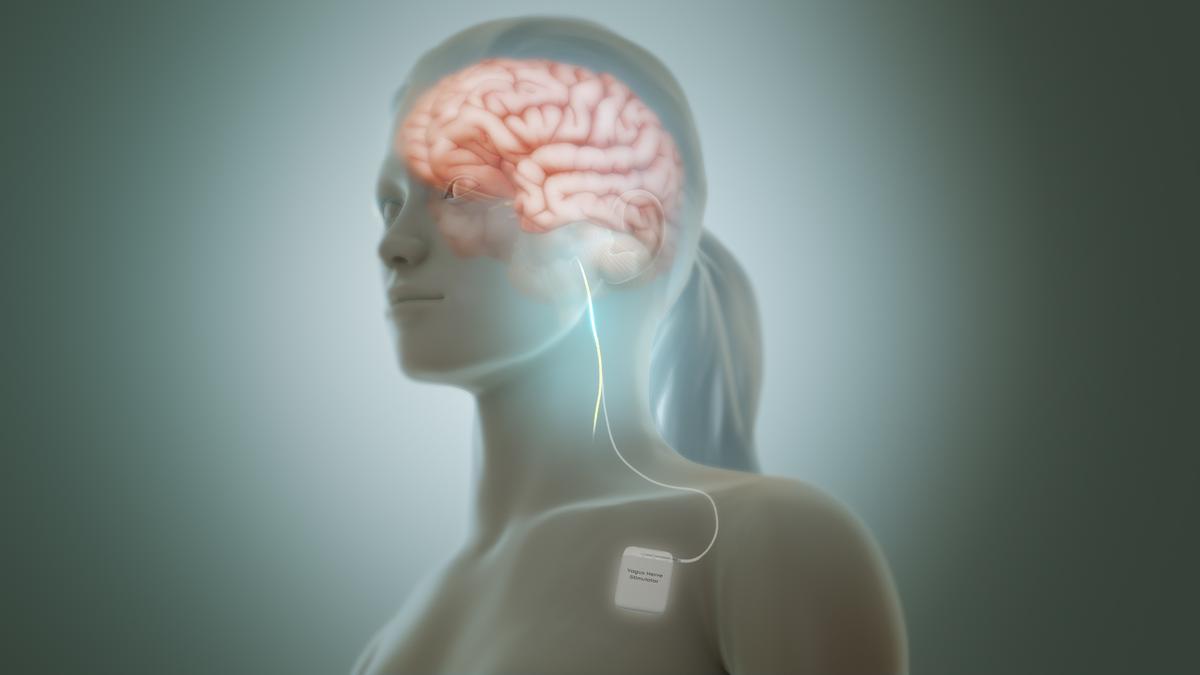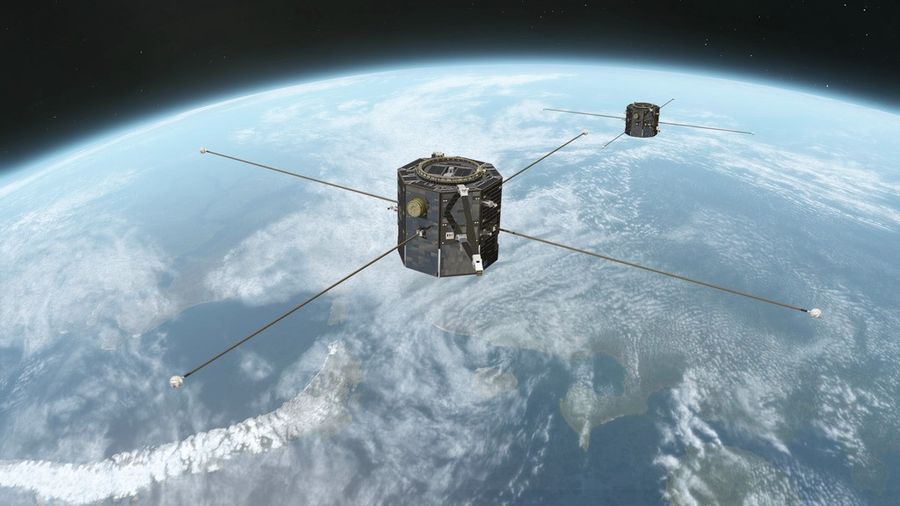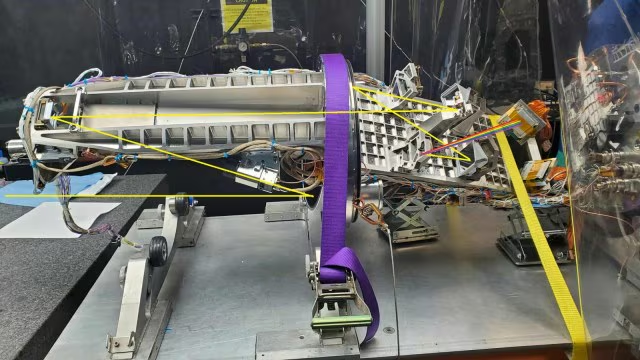




Source: NDTV
Disclaimer: Copyright infringement not intended.
The Indian-origin astronaut, Sunita Williams, recently hosted a highly engaging virtual session for students of Sunita Williams Elementary School.
Gravity is a fundamental force of nature that governs the motion of objects on Earth and across the universe. It is the force of attraction between any two objects with mass.
Early thinkers like Aristotle believed heavier objects fall faster due to their weight.
Indian philosopher Brahmagupta (7th century) described gravity as the force that "draws objects toward Earth."
Galileo Galilei (16th century): Demonstrated that objects fall at the same rate regardless of mass in the absence of air resistance.
Isaac Newton (1687): Formulated the Universal Law of Gravitation: F=Gm1⋅m2/r2
Where:
F = gravitational force
G = gravitational constant (6.674×10−11 Nm2/kg2)
m1, m2 = masses of the objects
r = distance between their centers
Albert Einstein's General Theory of Relativity (1915): Gravity is not just a force but the result of the curvature of space-time caused by mass and energy.
Acts on all objects with mass.
Infinite in range but decreases with distance.
Compared to electromagnetic, strong nuclear and weak nuclear forces, gravity is the weakest.
Any object with mass generates a gravitational field.
Denoted as g, approximately 9.8 m/s2 on Earth's surface.
Altitude: Gravity decreases with height above Earth's surface.
Latitude: Gravity is slightly weaker at the equator due to Earth's oblate shape.
Caused by the gravitational pull of the Moon and the Sun leading to ocean tides.
Keeps planets in orbit around the Sun.
Governs the motion of galaxies and the structure of the universe.
Drives the water cycle through precipitation.
Enables satellite launches and their stable orbits.
Used in designing structures to withstand gravitational loads.
Ensures objects stay grounded.
Influences sports, transportation and construction.
Experienced by astronauts aboard the International Space Station.
Leads to muscle atrophy and bone density loss.
Regions of intense gravity where even light cannot escape.
Formed by the collapse of massive stars.
Gravity causes gas and dust to coalesce, forming stars, planets and moons.
The Sun's gravity keeps the Earth in orbit while its surface gravity is 28 times stronger than Earth's.
Neutron stars exhibit the strongest gravitational fields apart from black holes.
Space agencies simulate microgravity using parabolic flights and drop towers.
Zero gravity, often called microgravity, refers to the condition in which an object or person experiences negligible or no apparent weight. It is a state where gravitational forces are not entirely absent but are balanced by the free-fall motion of the object or system.
Free Fall:
Objects in orbit such as spacecraft experience a continuous state of free fall toward Earth.
The forward velocity of the spacecraft counters the pull of Earth's gravity creating a weightless environment.
Parabolic Flights:
Aircrafts perform steep climbs and rapid descents in a parabolic trajectory briefly simulating weightlessness for passengers.
Vacuum Chambers:
Simulations of zero gravity are conducted in controlled environments where air resistance and external forces are minimized.
Space:
Objects in deep space far from massive celestial bodies experience near-zero gravitational effects.
The International Space Station orbits Earth at a speed of 28,000 km/h creating a continuous free-fall effect.
Flames behave differently in zero gravity forming spherical shapes instead of elongated ones.
Plants grow in all directions in microgravity as they are not guided by gravity.
Companies like Blue Origin and Virgin Galactic offer brief zero-gravity experiences to paying customers opening new avenues for commercial space travel.
Sources:
|
PRACTICE QUESTION Q.Consider the following statements regarding zero gravity:
Which of the statements given above is/are correct? (a) 1 and 2 only (b) 2 and 3 only (c) 3 only (d) 1, 2 and 3 Answer: (b) Explanation: Statement 1 is incorrect. Zero gravity does not mean the absence of gravity. It occurs when an object is in free fall experiencing gravitational force but no other forces (like normal force). Statement 2 is correct. Objects in free fall appear weightless because they are in continuous free fall with gravity being the only acting force. Statement 3 is correct. The ISS experiences zero gravity because it is in orbit in a continuous state of free fall towards Earth. |






© 2025 iasgyan. All right reserved